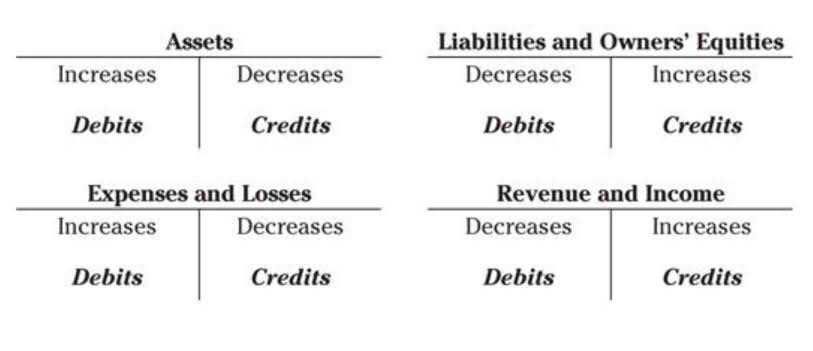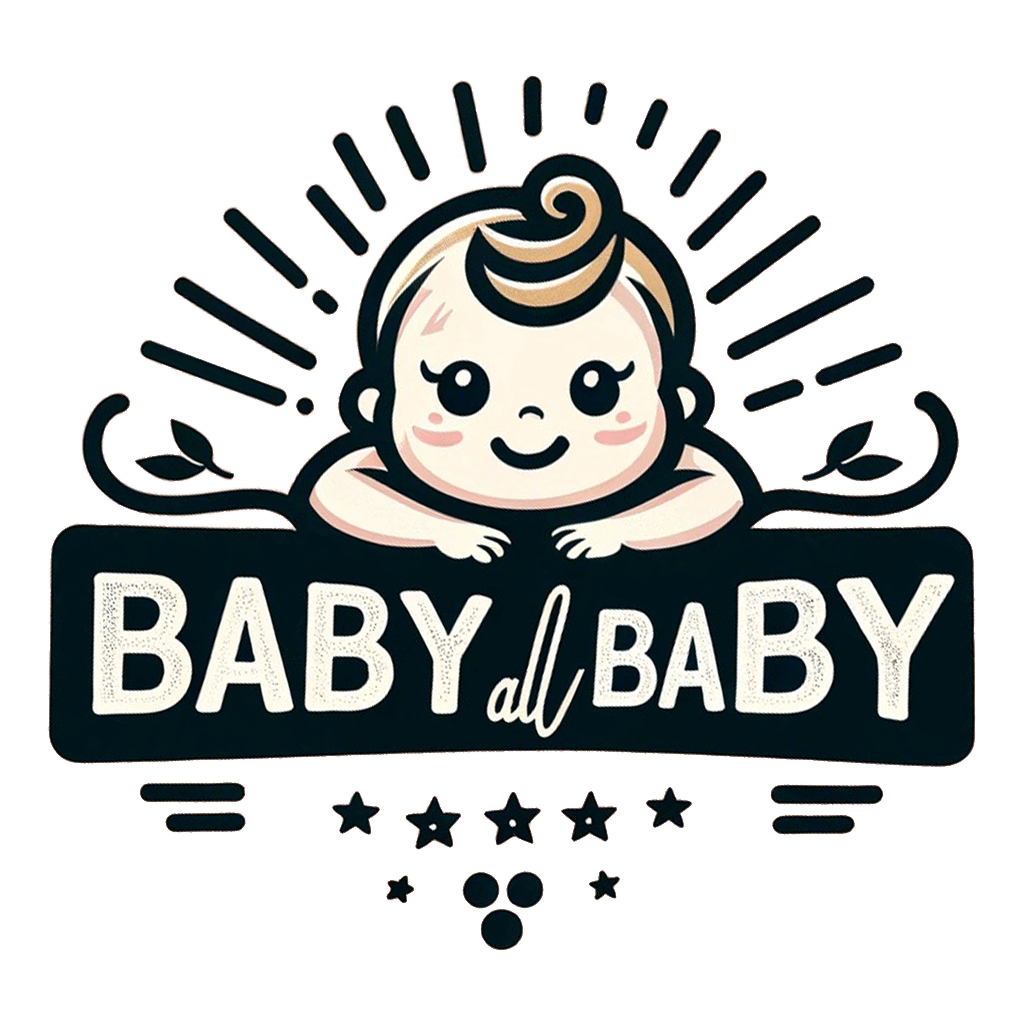![]()
Also called Oil And Gas Accounting the acid test ratio, the quick ratio describes how capable your business is of paying off all its short-term liabilities with cash and near-cash assets. In this case, you don’t include assets like real estate or other long-term investments. You also don’t include current assets that are harder to liquidate, like inventory.

Comparing Current and Non-Current Liabilities
To make informed decisions, track your liabilities carefully, manage them effectively, and align them with your business goals. As you can see, the report format is a little bit easier to read and understand. Plus, this report form fits better on a standard sized piece of paper. Liabilities are also separated into current and long-term categories. Facebook’s accrued liabilities are at $441 million and $296 million, respectively. Facebook’s current portion of the capital lease was $312 million and $279 in 2012 and 2011, respectively.
Generally accepted accounting principles (GAAP)

If necessary, https://www.med-eco-village.com/?p=94417 you may include additional categories that are relevant to your business. The balances in liability accounts are nearly always credit balances and will be reported on the balance sheet as either current liabilities or noncurrent (or long-term) liabilities. Properly managing a company’s liabilities is vital for maintaining solvency and avoiding financial crises.
- You need operating assets to perform core business operations — e.g., machinery, tools, and physical locations.
- Following company financials is important, not only before you invest, but also on an ongoing basis.
- Next, check out our articles on understanding double declining balance depreciation, how to calculate the current ratio, and 14 common accounting errors and how to avoid them.
- Current liabilities play a significant role in liquidity analysis, as they represent the company’s short-term financial obligations.
- They reflect a company’s ability to meet its extended financial commitments.
- For a business, liabilities is what your business owes to other companies, organizations, employees, vendors, or government agencies.
How are Contingent Liabilities Accounted For?
- The result is how much you owe but don’t currently have to pay off right now.
- Assets and liabilities are categorized into short- and long-term subcategories, and within those categories, you may see multiple assets.
- Until he can get his bibliophilia under control, his equity will continue to suffer.
- Start by categorizing your debt into short-term and long-term liabilities.
- Business expenses are payments for goods and services that do not have a physical value, meaning that they cannot be turned into cash.
- Basically, these are any debts or obligations you have that need to get paid within a year.
These liabilities arise from various business activities, such as purchasing goods or services on credit, borrowing funds, or issuing bonds to raise capital. Part of US GAAP is to have financial statements prepared by using the accrual method of accounting (as opposed to the cash method). The accrual method means that the balance sheet must report liabilities from the time they are incurred until the time they are paid. It also means the balance sheet will report assets such as accounts receivable and interest receivable when the amounts are earned (as opposed to waiting until the money is received). In short, the accrual method of accounting results in a more complete set of financial statements.
- Estimating these costs can be tricky, but acknowledging them is important for financial transparency.
- When setting up a balance sheet, you should order assets from current assets to long-term assets.
- This formula is used to create financial statements, including the balance sheet, that can be used to find the economic value and net worth of a company.
- These might be wages earned by employees that haven’t been paid yet, interest on loans that is due but not yet paid, or utilities used but not yet billed.
- Businesses earn a lot of their money through monetary contributions and investments.
- Long-term debt involves larger amounts and longer repayment periods.
- Unearned or deferred revenue refers to a form of advanced payment given by consumers for a product or service not yet received.
- Accounts Receivable – Money owed by customers who purchased goods or services on credit that was provided by the company.
- For instance, you pay rent for the office space you operate out of.
- The debt ratio compares the number of total liabilities to the total amount of assets to show how much debt a business is carrying.
- It arises when customers make payments for products or services that have not yet been delivered or earned.
Looking at the balance sheet and its components helps them keep track of important payments and how much cash is available on hand to pay these vendors. Explore the key categories and examples of current liabilities to better understand financial obligations in business accounting. In some cases, accountants may list a third type of liability called contingent liabilities. These are liabilities that may become due, depending on circumstances.
Once the service or product has been provided, the unearned revenue gets recorded as revenue on the income statement. The balance sheet is a very important financial statement for many reasons. It can be looked at on its own and in conjunction with other statements examples of liabilities on a balance sheet like the income statement and cash flow statement to get a full picture of a company’s health. Ultimately, the balance sheet equation serves as a guiding principle for businesses, helping to navigate the complex landscape of financial reporting. By understanding how assets, liabilities, and equity interact, stakeholders can gain valuable insights into a company’s overall performance and potential for growth. While you get info on equity, assets, and liabilities, they don’t offer details on profitability or cash flow.

Payments
We have a free template download if you want to produce one using a spreadsheet. All accounting software packages will include the Balance Sheet in their reporting section. It is the difference between a firm’s total assets and its total liabilities. The result shows how fruitful the investment could be for investors, indicating the potential for the returns to multiply in the future.
